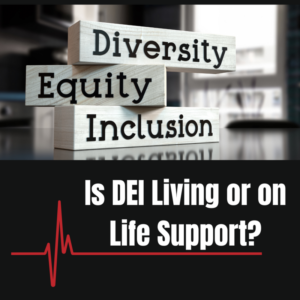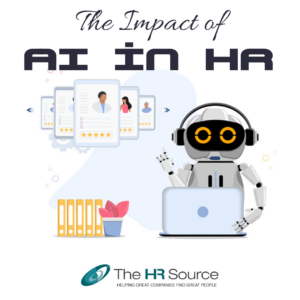Part 2: Vaccine Policy Implementation
In Part 1 of this series, the pros and cons associated with mandating or encouraging vaccinations were discussed. Part 2 carries the conversation from policy decision to policy implementation.
In the age of COVID-19, time moves at warp speed! Full FDA approval of the Pfizer vaccine, a Presidential executive order requiring all federal employees to be vaccinated and issuance of the OSHA emergency ruling requiring private employers with 100+ employees to mandate vaccines or weekly testing all occurred in less than a month’s time. This created a sizematic shift, causing many workplaces to move from encouragement to requirement for vaccinations. With such constant evolution, a workplace policy is essential to clearly communicate a company’s position,and how that position impacts employees. Communication should be early and often, fact based, include the basis and rationale for the decision, taking care to address the multitude of perspectives that exist.
Most workplace policies include 5 basic components: Purpose; Scope; Process; Accommodations; and Compliance.
Purpose: Include the issue the policy targets and the specific need the policy addresses. In this instance, a vaccine policy targets COVID-19 and the need to protect the health and safety of employees, their families, and customers. Compliance with federal, state, local laws as well as CDC and OSHA regulations would also certainly be included if applicable.
Scope: Who, where and when does the policy apply? With in-person, hybrid and remote work options, considerations should cover how or if the policy impacts employees differently. Geographic locations or certain job categories may warrant consideration, depending on the interaction those positions have with coworkers, clients or customers.
Process: This identifies the HOW and WHAT, addressing issues such as:
- What support will be provided for getting vaccinated? Include details if vaccines will be provided onsite. If employees are expected to obtain them on their own, will paid time off be available?
- If you are incentivising vaccines rather than requiring, what is the process and criteria for receiving the incentive?
- Will testing be required? Specify the details and process for any testing requirements and if time will be paid. Include guidelines for return to work following a positive test.
- What is the timeframe / deadline? Set a reasonable timeframe for full compliance, and identify any deadlines for steps along the way.
- How will vaccinations be verified? Specify the documentation employees must provide, such as a CDC-issued vaccination card or specific vaccine verification passport apps.
- Maintaining confidentiality of health information: Prevent employees from sharing any medical or health information that may be protected under privacy laws.
- Consideration for periodic updates: Policies should allow for periodic review and revision as circumstances warrant.
Accomodations: The EEOC states that employers should allow for medical or religious accomodations, unless it poses a substantial hardship to the business. A determination must be made if allowing the unvaccinated employee to come to work will prove a “direct threat” to the workplace or if providing PPE or allowing the employee to work remotely meets the need. Employers should make every effort to create an inclusive environment such that vaccinated and/or unvaccinated employees are not denied access, information or interactions that are important for their job or development. The following guidelines are important to consider:
- Include a clear process for requesting accommodation or exemption such as standard application forms.
- Medical / ADA based exemptions: Most cases can be substantiated through a doctor’s note.
- Religious exemptions: Employers are advised to accommodate employees’ sincerely held religious belief, practice, or observance and assume that requests are legitimate.
- Employees’ personal preferences, political or social affiliations are not considered grounds for exemption.
Compliance: As with any employment policy, employees must understand the consequences of violation. Carefully think this through as decisions must apply to all employees, even your top performers or key executives. When mandating vaccines, non-compliance does not have to mean automatic termination. Barring or excluding an employee from the workplace could be a viable option if the employee can effectively work remotely. Accommodations, unpaid leave, or furlough can also be options in lieu of termination. If an employer is encouraging verses requiring vaccines, employees must follow all other related policy requirements to be compliant. Consider consequences that are in line with other workplace policies, such as written warnings.
The Society of Human Resource Managers (SHRM) provides a sample vaccine policy as well as requests for accommodation forms.
The need for COVID-19 related workplace policies impacts both private and government employers across all industries. The impact of such policies coupled with other pandemic related factors inform the perception of workplace culture. Part 3 of our Return-To-Work series will discuss this topic in the context of the pandemic and developing hybrid work structures.
Workplace policies are a very important decision for most companies. Need help navigating?
Contact The HR SOURCE. 301-459-3133/thehrsource.com.




